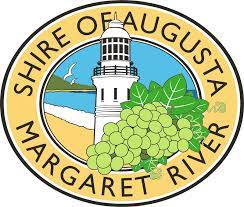Little Wychwood Farm | Case Study
Regenerative Agriculture in Practice Project 2023

Farm Background
Little Wychwood Farm is owned and managed by Dayna Reynolds and William (Bill) Macintosh. They are both first generation farmers and bring their career skills to their Little Wychwood Farm adventure.
Dayna is an experienced winemaker, but after a visit to the US in 2012 developed an interest in artisan cheeses. Although she continued to work in the wine industry, the need for cheese didn't leave her, and her dream of creating a small dairy and her own sheep's cheeses took hold.
Bill has always been involved in the food industry, managing clubs, bars, restaurants and catering organisations. Dealing with the industry for a long time has sparked his interest in clean food.
“The small farm/homesteading movement, direct to customer sales and just really honest food is critically important to me. Working behind the scenes in the hospitality sector, I’ve seen the best and worst of what is out there. There is a lot of products that looks like food but it’s actually not that nutritious. So getting back to that source, building transparency into the system and being able to create a really good quality product is what interests me” - Bill

Little Wychwood Farm | Fact File
Project Name: Regenerative Agriculture in Practice Program
Location: McLeod Creek, Karridale, 6288 (approx. 15km north of Augusta, South West Western Australia)
Land Owners: Dayna Reynolds and Bill MacIntosh
Farm Size: 120 acres
Enterprise: Primary flock of approximately 100 milking ewes for cheesemaking venture, direct to customer meat sales and wine grape production
They are currently running a cross breed, starting with UltraWhite ewes and crossing those with an East Fresian Ram. They are aiming for the best of both worlds - high quality milk production from the East Fresian with the self-shedding component of the UltraWhite. So far, they are pretty happy with the crosses but will continue to refine the bloodlines. However, there's still work to do. As well as not wanting to routinely drench their flock, there aren't any registered wormers for dairy sheep in Australia, so they have selected a Kojak ram for future breeding which has demonstrated a particularly strong worm resistance but also has good milk quality genetics.
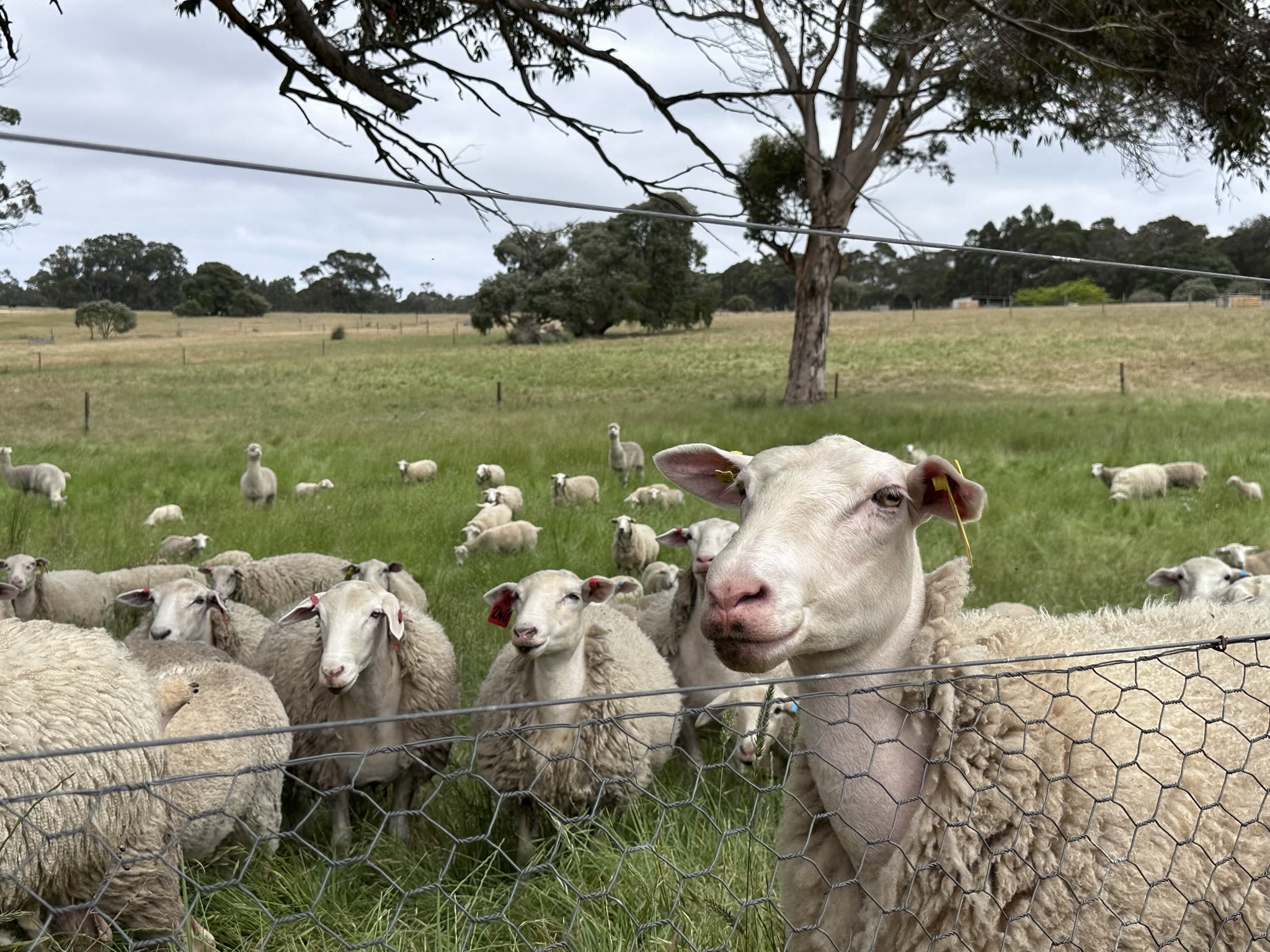
Infrastructure: Initially the farm was just 4 large paddocks. One of those paddocks has now become a 'wagonwheel' design of 8 smaller paddocks with a central water & feeding station. Shelters have been added to paddocks without shade until trees can be established. Permanent fencing is being built as needed, with some temporary electric fencing employed to suit high density grazing and rotations as required. In total, the farm now has 20 smaller paddocks.
Predominant pasture species: Kikuyu, Rye Grass, Clover
Climate: Mediterranean
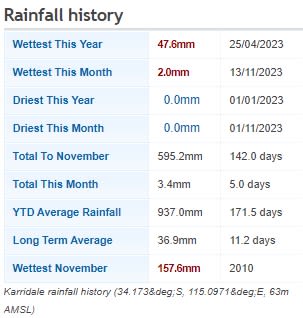
November 2023
November 2023
Landscape
The front section of the property is characterised as gentle rolling hills which fall toward to the central creek line that traverses the property. This is the predominant grazing zone that it currently utilised on the farm. 1.5ha of this is under vine. The rear section of the property is dominated by an old Blue Gum plantation which was harvested about 10 years ago but the coppice has grown back making the area mostly unusable for grazing. A large 10ha section of Karri Forest separates the two zones and provides an established natural biodiverse element to the farm.
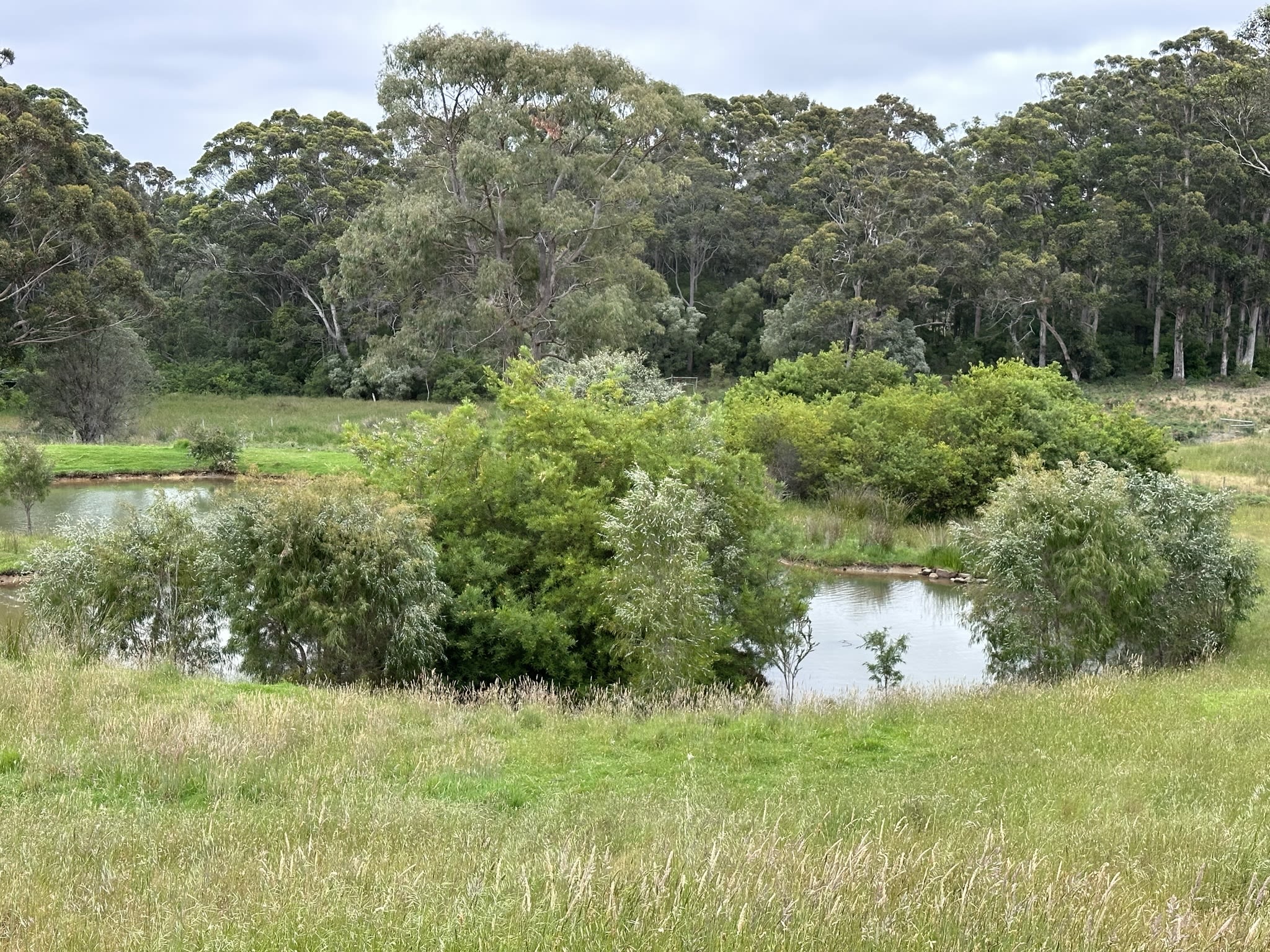
The vineyard is used as another grazing cell from when the grapes are harvested in mid-Autumn until they burst again in early spring.
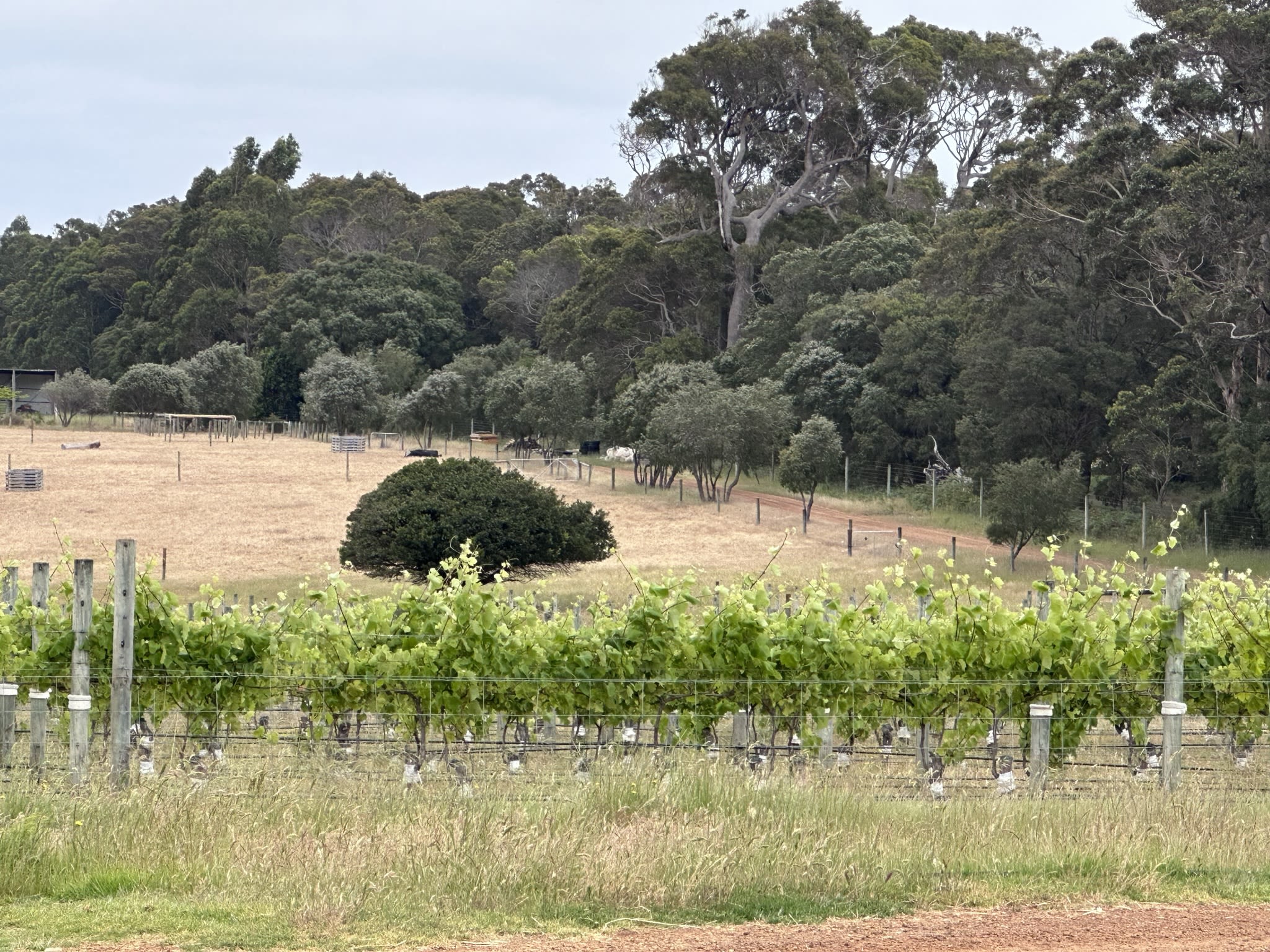
Although Dayna is an experienced winemaker, the couple's plan was never to manage their own vineyard. Chance led them to a property with vines so they have regrafted to varieties that they may want to play with in the future, but pulled out half of them and leased the rest. They quickly realised that managing the vineyard would pull them away from their core business and setting up the dairy.
Production
Dayna and Bill are experimenting with the ideal breed to supply their cheese dairy. This is a highly specialist, artisan craft so finding the perfect mix is tricky.
As well as needing to be good natured and have high quality milk production, the flock must have high worm resistance. There aren't any registered wormers for dairy sheep in Australia, which is a significant challenge for the couple.
Motivation for Change:
As first generation farmers, Dayna and Bill wanted to do it right the first time. With backgrounds in food and wine they knew that the providence of the produce was important, and needed full control on where and how their milk is produced to ensure purity of the final product. They wanted to produce honest, real food with a high nutrition value.
Motivations for the way they approached their farming techniques came strongly from grazing trainer Dick Richardson.
Here's a snippet of our podcast conversation with Dick or tune into the full podcast below.
Here's a snippet of our podcast conversation with Dick or tune into the full podcast below.
The couple has followed his principles of using animals to improve the soil.
Both Dayna and Bill have clear thoughts on what Regenerative Agriculture means to them:
...and these are the principles they are keen to follow as they build their sheep cheese dairy.
Practice Changes
Whole Farm Planning
As new farmers, taking on a big property could be overwhelming. Dayna admits that there was a temptation to focus too much on the vineyard as that was her area of expertise, but understanding how to create a farming plan that was in tune with the landscape was transformative. The silvopasture concept has become central to their farm development and after spending time understanding the history of the landscape they are working with, the introduction of trees and shrubs has become a focus point of their planning.
"For me, it was systems and infrastructure. Looking at what we've got, what we're planning on doing, actually figuring out what those sort of key points are, because once you've got those ones in place, it just makes all of your day to day that much easier. If we'd just had that planning earlier, it could have made things much easier." - Bill
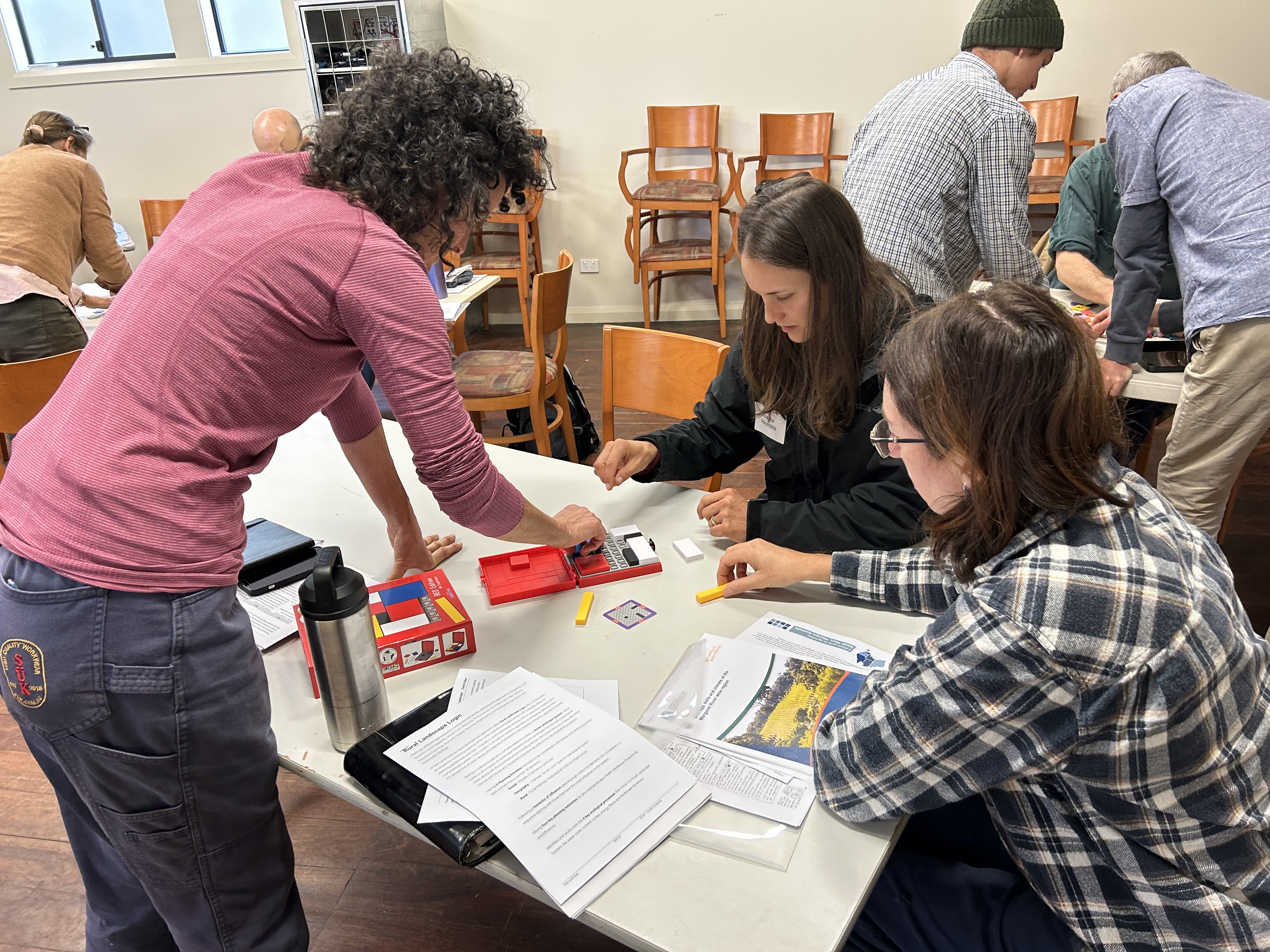
Having a whole farm plan has also had an impact on the systems and infrastructure of the farm. Mapping out the entire property fused the business planning with the infrastructure planning, with the added layer of a time-frame to help with creating a realistic schedule for making things happen.
"We force what we want our landscape to do, but it's more about trying to read what your landscape wants." - Dayna
Fencing and paddocks
Originally the farm had just 4 large paddocks, but Dayna and Bill have created 20 smaller paddocks and now rotate their sheep regularly (anywhere between 2 and 3 days depending on the feed available).
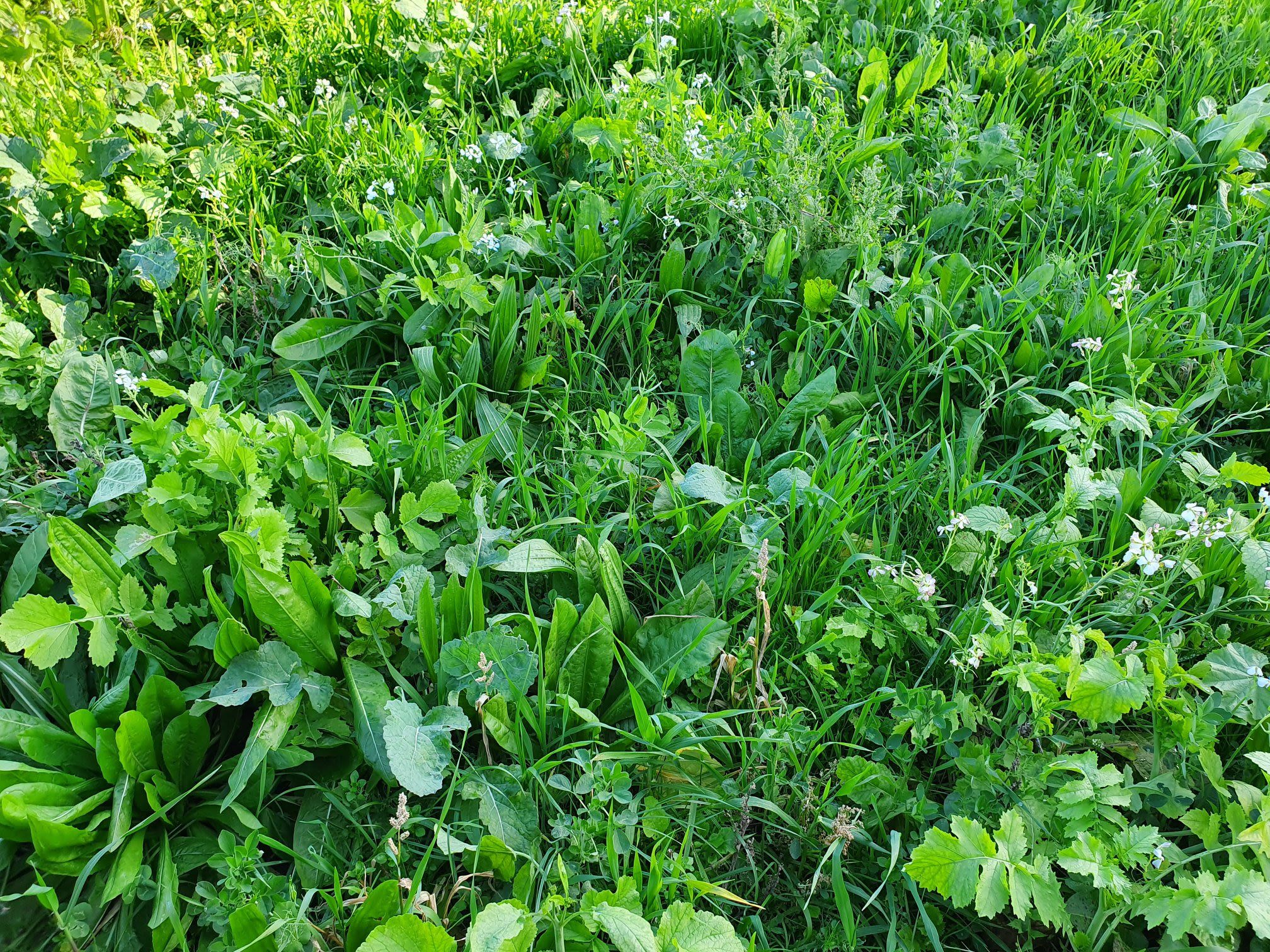
Image an example of a multispecies pasture
Image an example of a multispecies pasture
Multi-Species Pastures
Multi-species seeding hasn't been successful for Dayna and Bill. They agree that this could be partly due to timing. Their rainfall is very winter dominant, so any seeds sowed in spring will struggle. They did see some results from an autumn seeding, but it was minimal. In addition, the seed mix was expensive, so without significant results it just wasn't worthwhile for their farm.
However, some of the more resilient species such as chicory have pushed through, so they are considering adding more of that in future seedings, and in wetter areas of the farm.

Re-evaluating the Soil Test Results
Although Dayna and Bill have participated in various soil testing programs, they are starting to reconsider how they interpret the results. The mainstream paradigm is to just add the “missing” minerals as fertiliser but they are approaching it from a slightly different angle. In conjunction with Dick’s philosophy, the couple have resonated with Pat Colby’s nutritional farming methods and implemented free choice mineral lick stations. This allows the animals to supplement exactly what they need and the added advantage is that any excess works through the sheep’s system and ends back on the land in a more biological and natural form.
Like most other farms in the south west, their soil test showed that they were critically deficient in trace minerals such as cobalt, selenium and copper. These minerals are only required in such small amounts and are often tricky to apply in a form of a “fertiliser” to the soil. They found when they introduced these trace minerals as gastrointestinal bullets, that it has made a significant improvement to the sheep’s condition, health and how they shed.
Challenges to Change
Equipment and Machinery
Dayna and Bill are just starting out, so investing in expensive machinery is tricky. Due to their smaller paddocks and their relatively small farm, they also face resistance from farming contractors.
"It's too big to do it ourselves, but too small to be worthwhile for contractors." - Dayna
Feed (Summer)
Again, the farm is too small to support a hay crop. Their paddocks are small and they don't have the equipment to seed and harvest. This means they have to buy in supplementary feed - and with a harsh summer looming, they are already working out how to manage their flock when the pastures are sparse.
Staying Positive
When times get tough it's hard to stay positive, but the detailed plan and a clear goal help to keep the couple optimistic.
The Blue Gum Plantation
Although the Gums have been taken out the stumps remain, there's no pasture. This takes up around 30% of the property, so the goal is to revert the area to usable pasture. However, the expense, time and machinery are significant challenges.
Time and Money
Running the farm is a significant expense, and until the dairy is up and running, the only revenue stream is the leased vineyard block. Bill has taken on extra work while Dayna works full time on the farm.
Advice
'It's important to find the delicate balance between doing, and watching how your landscape responds.' - Dayna
"There are lots of ideas out there, just be selective and use the information that works for you." - Bill
Where to now?
The main goal is to set up the sheep dairy and milk up to 100 ewes for 6 months of the year.
For the farm landscape, the aim is to move towards silvopasture; managing deciduous trees and shrubs with much deeper tap roots to encourage more resilient pasture species and better growth in winter - and bringing those minerals up from deeper in the soil profile. Shade for the animals and habitat for local flora and fauna are an additional bonus.
The silvopasture could also contribute to additional food sources such as figs and chestnuts.
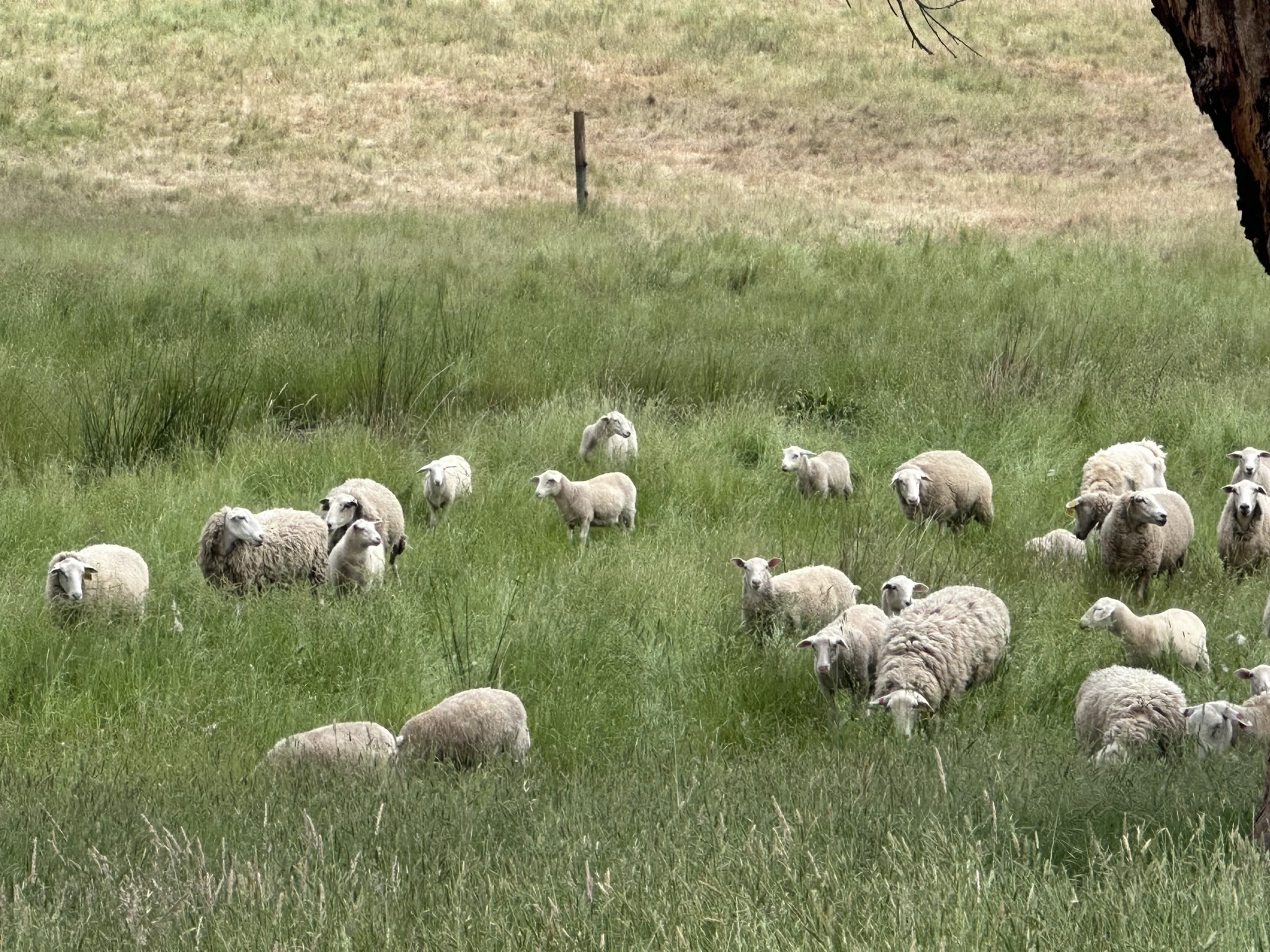
What is RAPP 2023?
Regenerative agriculture is not a ‘one size fits all’ approach to farming or land management. It is generally considered to be a holistic approach to restoring soil and ecosystem health, addressing inequity, and leaving our land, waters, and climate in better shape for future generations.
RAPP 2023 was designed to encourage farmers and landholders to consider regenerative farming principles. It was structured to build on learnings from current and previous projects, providing returning participants and alumni the opportunity to continue to grow and develop their skills further, whilst also providing opportunity for new landholders interested in learning and adopting regenerative farming techniques.
More information and details of the program and schedule here.
RAPP 2023 was opened up to the wider Augusta Margaret River Community – through our partnership with the Lower South West Growers Group with 50% of the project places going to LSWGG members who live within the Augusta Margaret River Shire but reside outside of the Lower Blackwood catchment.



